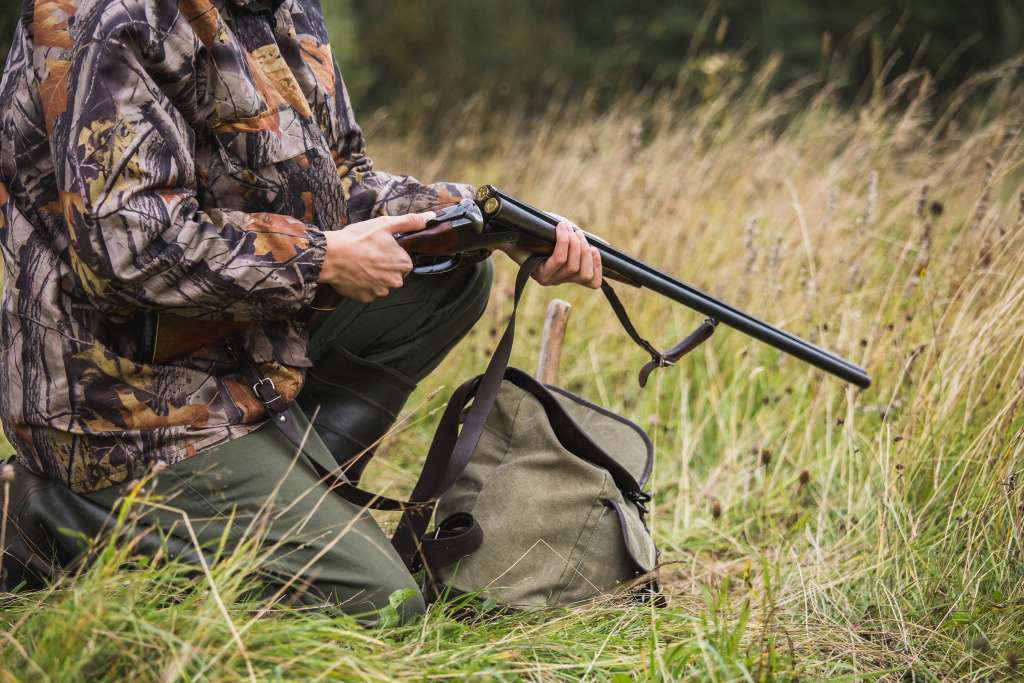When it comes to breaking in a new pair of boots, there are various methods and techniques that people swear by. One common question that often arises is whether simply sitting in boots can effectively break them in. In this article, we'll delve into the topic and uncover the truth behind the notion of sitting as a means of breaking in boots.
Understanding the Break-In Process:
Before discussing the effectiveness of sitting in boots, it's essential to understand the break-in process itself. When you purchase a new pair of boots, they often feel stiff and uncomfortable initially. This is because the materials, such as leather or synthetic fabrics, need time to adjust to the unique shape of your feet.
The purpose of breaking in boots is to soften and mold them to your feet, allowing for a more comfortable fit and preventing discomfort, blisters, and hot spots during extended wear. The break-in process typically involves wearing the boots and engaging in activities that apply stress to different areas, encouraging flexibility and accommodating the natural contours of your feet.

Sitting in Boots: Does It Work?
While sitting in boots may provide some minimal benefits, it is generally not considered an effective method for breaking them in. The primary reason is that sitting alone does not apply the necessary stress or movement required to soften and shape the boots adequately.
When you sit, your feet don't experience the same range of motion and pressure as they would during activities like walking, hiking, or engaging in other physical movements. These activities help to stretch and flex the boots, encouraging them to conform to your feet more effectively.
However, it's worth noting that wearing your boots while sitting can contribute to a small degree of stretching or molding over time due to the natural movement of your feet and body. But this effect is usually minimal and may not provide the desired level of comfort or customization that comes with a proper break-in process.
Effective Methods for Breaking in Boots:
To break in your boots more effectively, consider the following methods:
1. Gradual Wear: Start by wearing your new boots for short periods, gradually increasing the duration as your feet become accustomed to them. This allows the boots to adapt to your feet without causing excessive discomfort.
2. Moisture and Heat: Applying moisture to the boots, such as using a damp cloth or wearing them in rainy conditions (if suitable for the boot material), can help soften the leather and facilitate the molding process. Additionally, using heat sources like a hairdryer on low heat or leaving the boots in a warm area can make the leather more pliable.
3. Thick Socks and Band-Aids: Wearing thick socks or using band-aids on areas prone to rubbing or blisters can provide extra padding and prevent discomfort during the break-in period.
4. Flexing and Walking: Engage in activities that involve bending and flexing your feet, such as walking around the house, going on short walks, or performing gentle exercises. This helps the boots conform to your feet and promotes greater flexibility.
Conclusion:
While sitting in boots may have some limited effect on breaking them in, it is generally not an efficient or effective method. The process of breaking in boots requires active engagement in activities that apply stress and movement to the boots, allowing them to adapt to the unique contours of your feet.
By gradually wearing the boots, utilizing moisture and heat, and engaging in flexing and walking, you can successfully break in your boots and achieve a more comfortable fit. Remember, the break-in process can vary depending on the type of boots and materials used, so patience and persistence are key.
So, instead of simply sitting, put those boots to use and let them mold to your feet as you embark on new adventures.

